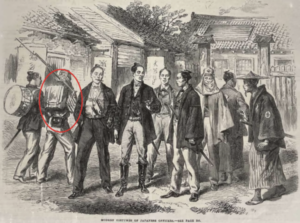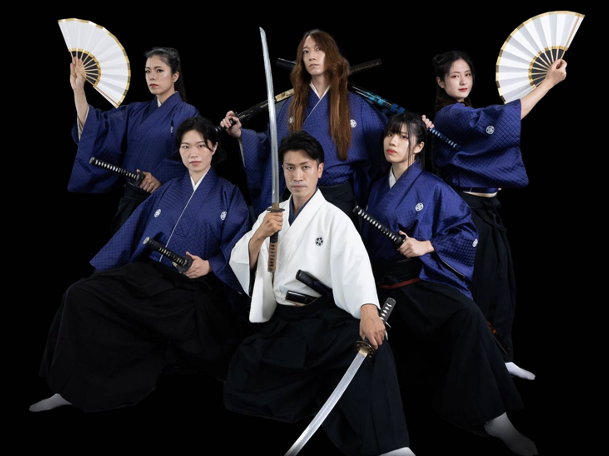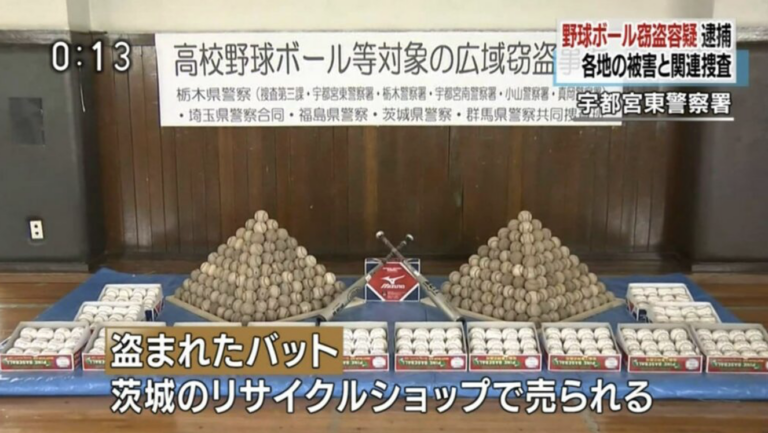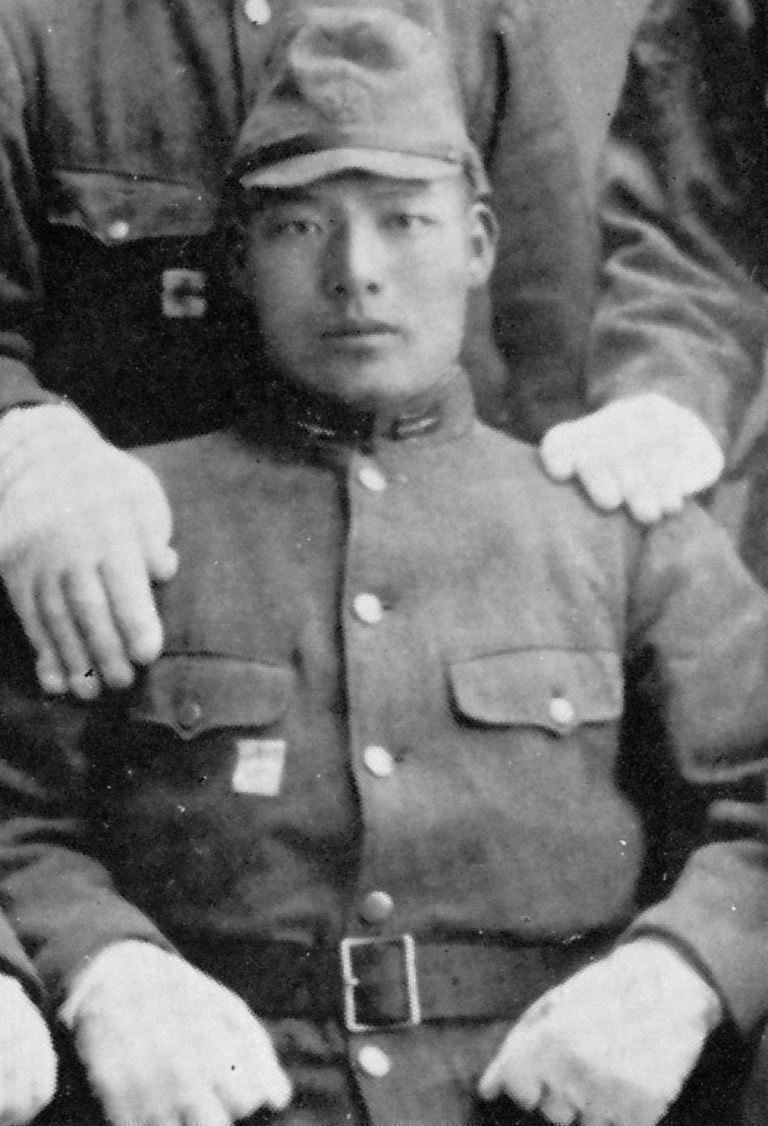Why do Japanese children carry a “randoseru” (schoolbag) to school?
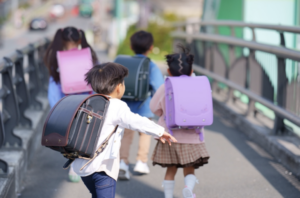
One of the things that visitors to Japan are interested in is the leather schoolbag called a “randoseru” that elementary school students carry.
When entering elementary school, most families’ grandparents purchase these school bags as school entrance gifts, and almost all elementary school students carry their school materials in these bags. However, this is not required by law, nor is it specified in school rules.
More to the point, these leather bags are tough but on the other hand, very heavy. Isn’t it torture for the small body of a first grader?
So why are these school bags so widespread? I would like to try to unravel this mystery through history.
The word “randoseru” comes from the Dutch, “ranzeru”. In war zones, it was more advantageous to have both hands free, so it was common practice to carry a bag on the back. It was also important for them to be sturdy, so they were made of leather. Japan also adopted this style as it modernized its military organization.
Can be incorporated into schools
The first time it was used in schools was in 1885, when it was introduced at a school called Gakushuin. The president of the school at the time was a man named Tataki Tani, who worked within the government to strengthen the military. Due to this background, I believe that he understood well the usefulness of school bags. Incidentally, Gakushuin was originally opened in Kyoto and attended by members of the Imperial family. It was later moved to Tokyo, but children of the royal family still attend this school today.
Until it became available to the public
School bags were luxury items, partly because they were made of leather. Naturally, only the rich could afford them, and cloth bags and furoshiki (wrapping cloth) were the norm. A furoshiki is a large piece of cloth that is used to wrap a package so that it can be carried on the back or held in the hand.
The randoseru was something that you would yearn for.
As time went on, synthetic leather was produced and became affordable for the common person to buy, which was one key to its popularization.
Because there was a yearning for randoseru which equated to being a symbol of wealth, a cheaper version made more and more people want their children to carry one.
Randoseru available in a range of colors

I entered elementary school more than 40 years ago and it was normal at that time for boys to have black ones, and girls to have red ones. My sister, 3 year’s my elder, had a pink one for some reason and there were only a small number of students who attended the same school who had such unique colors.
Nowadays all kinds of colors such as yellow, green, blue, pink and white can be picked from. My daughter has a light blue one.
They are colorful and it’s nice to see some individuality, but why it was fixed to black and red is a mystery.
When you think of Japanese students, do you think of sailor uniforms?
In addition, I would like to talk about the sailor uniform, which has spread around the world as an image of Japanese students. As many people may know, sailor uniforms are based on the uniforms worn by sailors in the Royal Navy. The large collar was used to make it easier to hear speech on a noisy ship, and the scarf around the neck was used to wipe perspiration.
The first person to wear the sailor uniform in Japan was Emperor Taisho. What a surprise that it started with men.
This was followed by the Great Kanto Earthquake of 1923, a massive earthquake that hit the southern Kanto region centred on Tokyo.
At that time, many Japanese wore kimonos, but because they were difficult to move in, many people failed to escape and became victims of the disaster. The introduction of sailor uniforms as school uniforms at Ochanomizu University Senior High School for Girls was the trigger for the establishment of the sailor uniform for female students in Japan.
To all the men who like sailor suits. Don’t get too excited when you see that they were originally intended for men!
ABE KENGO


